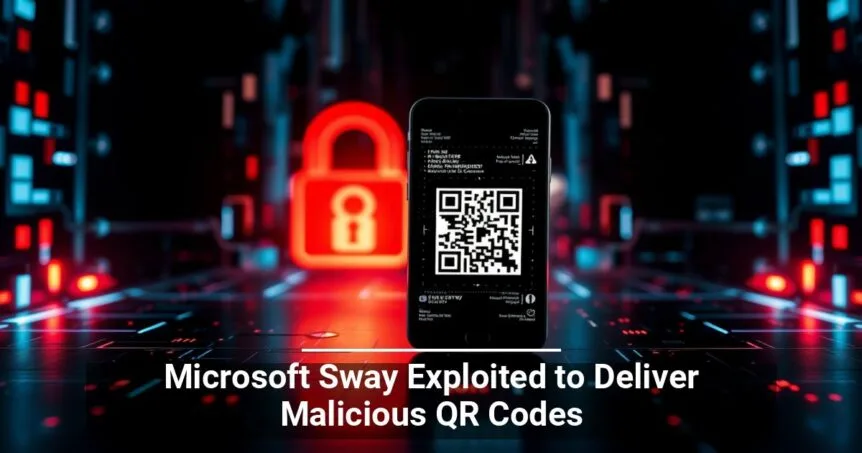Microsoft Sway is an innovative content creation platform included in Microsoft 365 subscriptions. It empowers users to easily design interactive presentations, newsletters, and more, which can be shared via links or embedded on websites. This tool has become popular among businesses and educators due to its user-friendly interface and collaborative features.
Recently, cybercriminals have found a way to misuse Microsoft Sway by embedding harmful QR codes in the content. These malicious QR codes are designed to lure users into scanning them. When scanned, they redirect the user to a fake Microsoft 365 login page that looks identical to the real one. Tricked by the authentic appearance, users may enter their login credentials, including multi-factor authentication codes, unwittingly giving hackers access to their accounts and sensitive information.
The Risks of QR Code Exploitation
A major concern with this type of attack is its subtlety. Since users must log in to their Microsoft Sway accounts to access the content, they often believe the source is trustworthy. This false sense of security makes them more likely to interact with the malicious QR codes, leading to successful phishing attempts.
Mobile devices represent a significant weak point in this scenario. Many users scan QR codes using their smartphones, which often lack the advanced security features present on desktops or corporate devices. This makes it easier for hackers to exploit mobile users, using their devices as entry points for broader attacks.
Identifying harmful QR codes is particularly difficult. These codes typically appear as simple JPG image files, which most antivirus and malware detection tools can’t analyze for threats. As a result, malicious codes can bypass security checks and reach the user undetected. Additionally, some hackers create QR codes using Unicode text characters instead of images, further complicating detection efforts.
Preventative Measures Against Quishing
To protect against these new QR code phishing, or quishing, attacks, it’s vital to follow established best practices for phishing prevention. Users should be cautious of unsolicited QR codes and verify the content’s legitimacy before scanning. Employing comprehensive security solutions that include mobile device protection and advanced image scanning capabilities can also help reduce the risk. Staying informed about the latest phishing tactics and regularly updating security protocols are essential steps in safeguarding your digital environment against these sophisticated threats.




